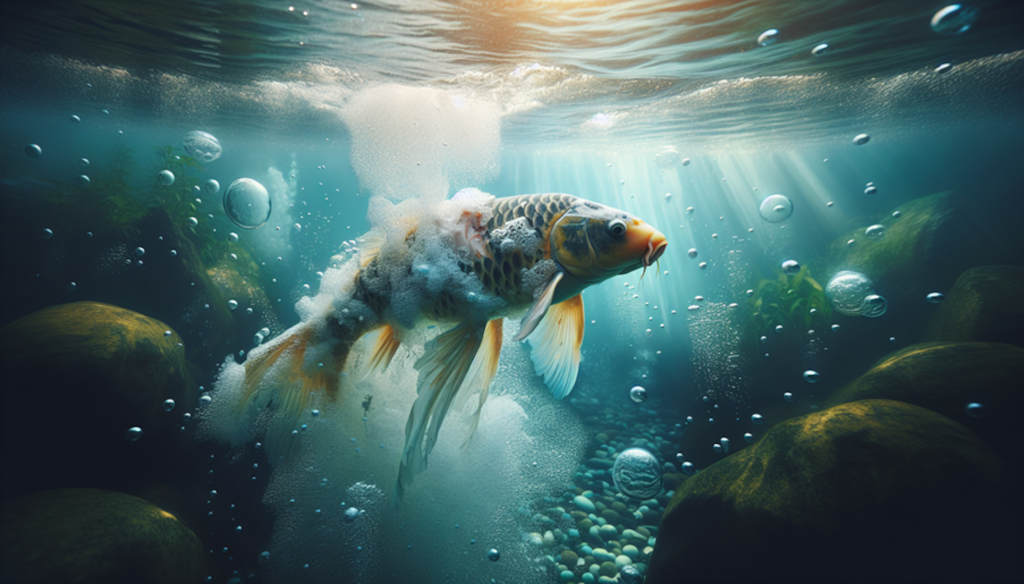Imagine spraining your ankle and someone tells you to walk it off… in the desert, without water, food, or shade. Sounds ridiculous, right?
That’s the equivalent of taking a fish out of water when it’s injured.
We don’t usually think about it, but fish—like any living creature—deal with cuts, scrapes, and physical trauma from time to time. What’s surprising isn’t that they heal, but how quickly they bounce back when they’re left to recover in the proper environment.
Fish don’t just survive in water—they heal there
Here’s something most casual fish owners wouldn’t guess: fish wounds heal significantly faster when they remain fully submerged in high-quality water. It’s not just a matter of keeping them alive. It’s about giving their bodies what they need to recover naturally.
According to leading fish health research, aquatic conditions trigger physiological responses vital to tissue regeneration. When fish are removed from water—even for just minutes—it introduces stress that drastically disrupts these healing processes.
Seriously, out-of-water healing is a mistake
In one 2016 study observed in ornamental koi, researchers found that wounds kept submerged began closing within three days. In contrast, koi that were temporarily removed from water (an unfortunate but sometimes attempted method during amateur treatment) took up to five times as long to show signs of healing.
But why?
The science behind underwater healing
Fish rely on their environment to regulate breathing, temperature, and even skin cell turnover. Their gills help them process oxygen and remove toxins—functions that become compromised the moment they’re taken out of water.
Here’s what good water does for a wounded fish:
- Reduces stress: Stress hormones can delay wound healing by interfering with immune function. Calm, well-oxygenated water keeps stress low.
- Prevents infection: Clean water free from ammonia and nitrites supports wound cleanliness and prevents bacterial growth.
- Maintains osmotic balance: Water helps regulate the fish’s internal salt and fluid balance, key for cell repair.
Even subtle water quality shifts—like a drop in pH or a spike in nitrates—can change healing speed dramatically. That’s why aquarists and aquatic veterinarians often recommend isolating injured fish in “hospital tanks” with pristine conditions.
A lesson from nature: don’t yank healing out of context
This might seem like a niche animal care tip, but it carries a bigger message. Just like fish, many animals (humans included!) rely on a stable, nourishing environment to truly heal.
Whether it’s clean water for a fish or emotional safety for a person, recovery isn’t just about time—it’s about setting.
Pro tip from hobbyists and pros alike:
“If your fish is injured, resist the urge to treat the wound dry. Instead, ensure clean, warm water with a low-stress environment and good filtration—it works better than most treatments.”
And if you’re tempted to pick that goldfish up to apply ointment? Don’t.
Let the water do what it’s designed to do. Just like our skin heals best with hydration and cleanliness, fish thrive when their aquatic world is balanced and protected.
Because healing isn’t about doing more—it’s about doing what’s natural.




Leave a Comment